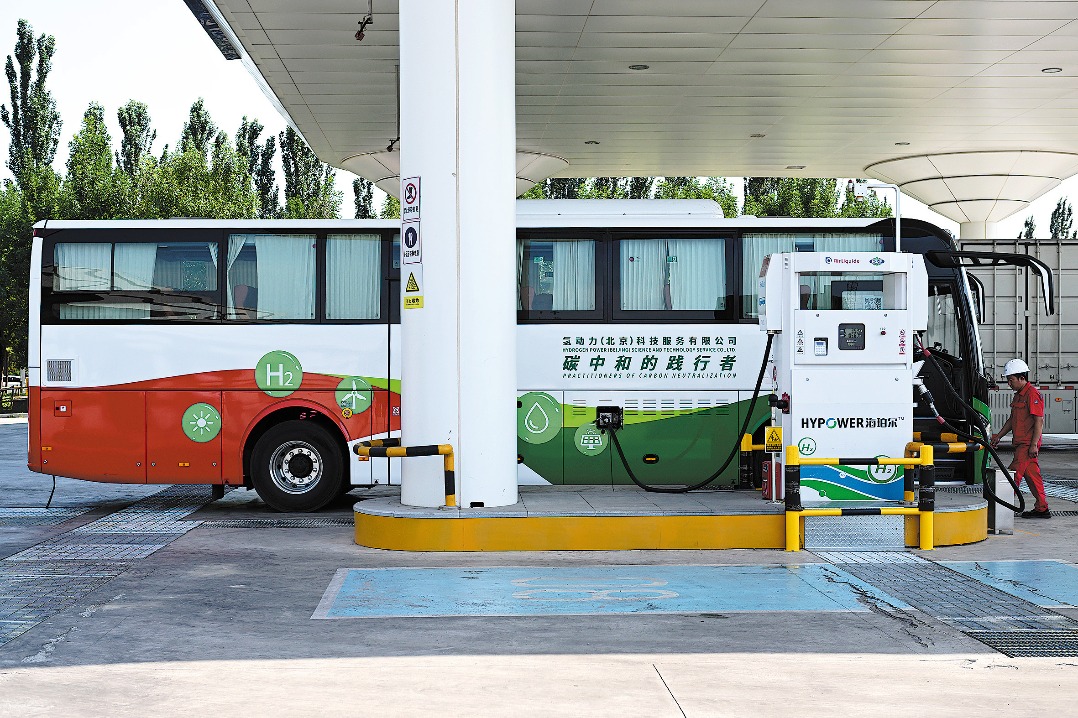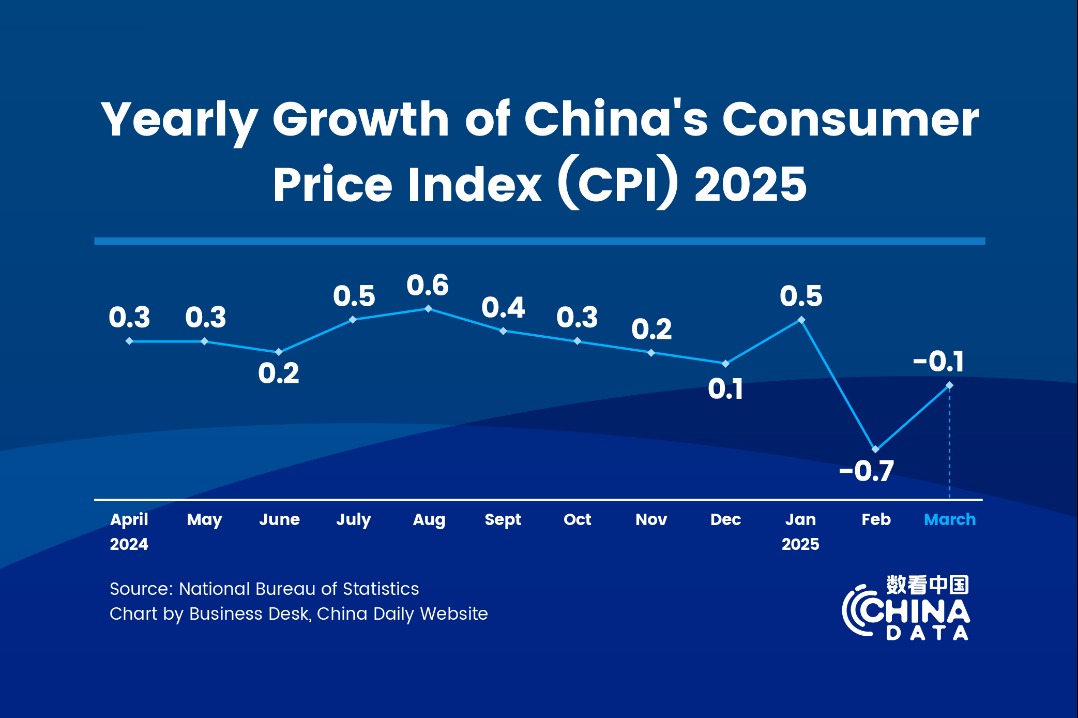Clean, green, profitable, and growing


"There is generally no need for the government to subsidize wind, solar and other new energies. They will primarily be driven by the market," he said. "The biggest issue is how to best utilize these new energies."
Shi Jingli, a researcher with the China Renewable Energy Center, which is affiliated with the National Development and Reform Commission, expects China will enter the era of grid price parity in the 14th Five-Year Plan period.
He suggested regulators should work out policies to help continue enhancing the technology upgrading and reducing costs for the solar power industry, as technology advances and lower costs are the major drivers of the industry development.
In addition to solar power, the country will increase the shares of other clean energy sources, including wind, hydrogen and nuclear, in its energy mix, as the country is committed to playing its part in the global fight against climate change.
China is the world's largest renewable energy market and the largest clean energy equipment manufacturer. The country's coal consumption accounted for nearly 58 percent of its total energy consumption in 2019 (data for 2020 is yet to be confirmed). That was almost 11 percentage points lower than that in 2012.
Consumption of natural gas, hydropower, nuclear power and wind power in 2019 accounted for 23.4 percent of the country's total energy consumption, 8.9 percentage points higher than that in 2012, according to a white paper titled Energy in China's New Era, published by the State Council Information Office in December.
Consumption of non-fossil fuels accounted for 15.3 percent of total energy consumption last year, 5.6 percentage points higher than that in 2012 and surpassing the 15 percent goal set for 2020, it said.
Analysts said China's solar industry, despite suffering delays in the early days of the pandemic, has shown resilience and is now operating in full swing.
According to Liu Yujing, an analyst with BloombergNEF, China is likely to become more determined to develop renewable energy as part of its efforts to reduce energy imports from a longer term perspective.
China has vowed to boost its share of non-fossil fuels in primary energy consumption to around 25 percent and increase the installed capacity of wind and solar power to more than 1,200 GW by 2030.
It also aims to lower its carbon dioxide emissions per unit of GDP by over 65 percent from the 2005 level.




































